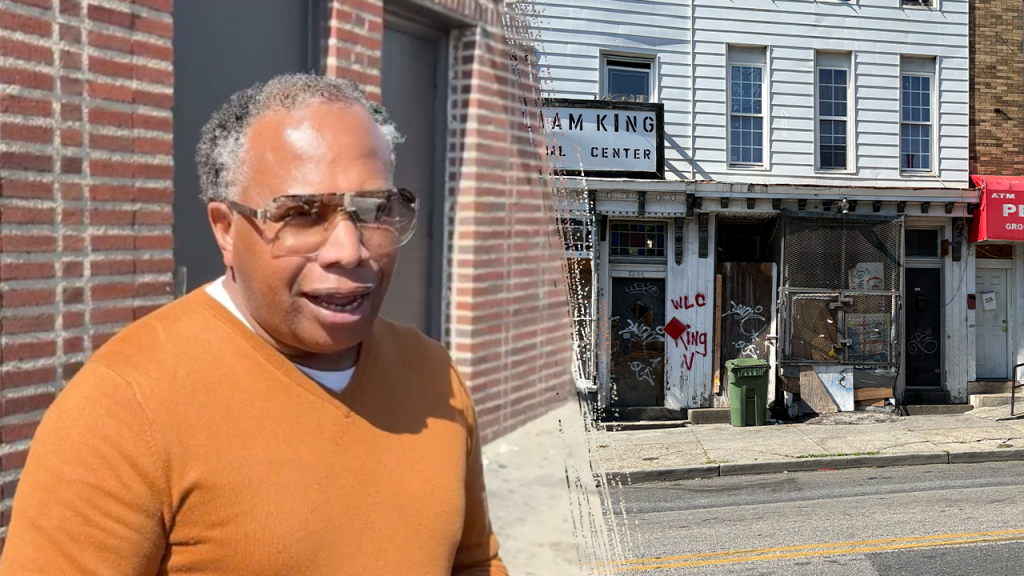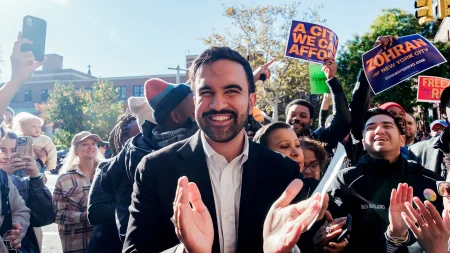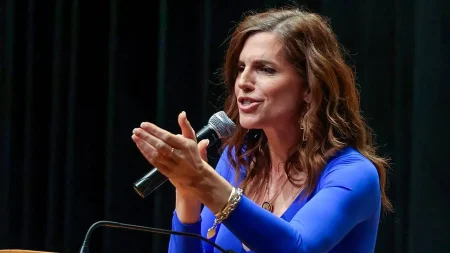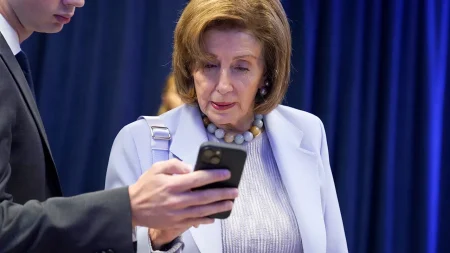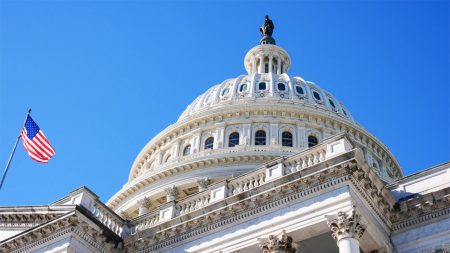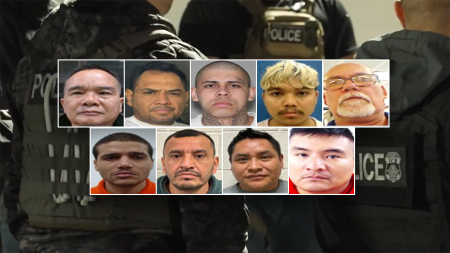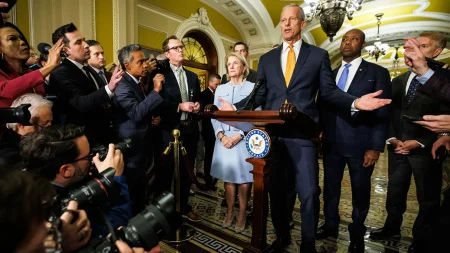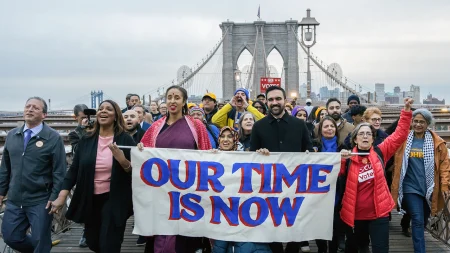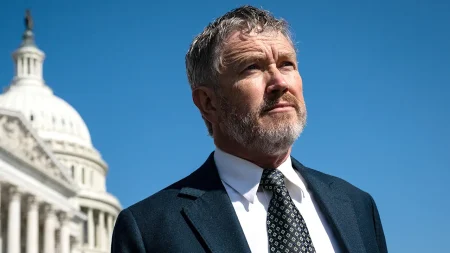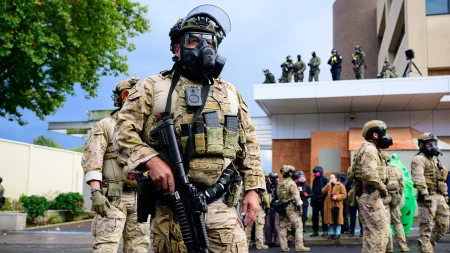Baltimore Residents Speak Out on Safety Concerns Despite Officials’ Claims of Crime Reduction
In the heart of Baltimore, a city that has long battled with crime, residents are sharing stories that paint a different picture than the one presented by local officials. While Mayor Brandon Scott and Governor Wes Moore tout “historic reductions in violent crime” and claim Baltimore is experiencing its lowest homicide rate in 50 years, many everyday citizens walking the streets tell Fox News Digital they don’t feel these improvements in their daily lives. Their firsthand accounts reveal a community still grappling with persistent safety concerns, drug-related issues, and a sense that officials may be disconnecting from the reality experienced by those living in neighborhoods like Penn-North and Park Heights.
Tasha, a young mother pushing her baby’s stroller through the Penn-North neighborhood, expressed her concerns plainly: “No, I don’t,” she responded when asked if she feels safe in Baltimore. Her neighborhood was the site of a mass drug overdose that hospitalized more than two dozen people in July, yet she observes that “everything is back out here running like it didn’t even happen a month ago.” Despite seeing police cars parked nearby, drug dealing and use continue openly on street corners. Tasha believes the city needs to address root causes: “You need to be trying to figure out why people are committing and doing the crimes that they’re doing. How can you all prevent people from doing the things that they doing? What can y’all offer people?” Her suggestions include more recreation centers for youth and implementing a mandatory curfew to keep kids out of trouble. She also advocates for stricter consequences for juvenile offenders, stating firmly, “If you do the crime, you’re old enough to do the time.”
The disconnect between official statistics and lived experiences appears throughout conversations with residents. While Mayor Scott points to a 29.5% drop in homicides and 21% reduction in nonfatal shootings in 2025, Joseph, another Penn-North resident, sees a different reality: “Every time they say the crime’s going low, it’s not going low.” As he spoke with Fox News Digital, a homeless woman slept on his front stoop – a daily occurrence that highlights the neighborhood’s ongoing struggles with addiction and poverty. “We got a lot of drug dealers, needles out here,” he explained, describing how he tries to help the woman with food and clothes from the church, but “she’s still doing the same thing.” From Joseph’s perspective, his neighborhood is “getting worser and worser,” with people being shot over drugs in “every area you go to.” George, from the Bolton Hill area, echoed similar sentiments, noting increased “street crime” including vandalism of local businesses and late-night disturbances from bars where fights frequently break out, especially “after Steelers games.”
These residents’ concerns come amid political tension over crime management in Baltimore. President Trump has threatened to deploy National Guard troops to the city as part of a nationwide crime crackdown that began in Washington, D.C. Mayor Scott and Governor Moore have firmly rejected this federal intervention, declaring, “We’re good; we don’t need or want the National Guard here in Baltimore.” Instead, they announced their own plan to send Maryland law enforcement resources to support public safety in the city. This announcement followed the officials’ high-profile walk through Baltimore’s Park Heights neighborhood – a walk that Trump suggested he should join, prompting pushback from Moore. The political maneuvering occurs against a sobering backdrop: research from the nonprofit Just Facts shows that Baltimore’s 2024 murder rate remains 6.8 times the national average for metropolitan areas, and if the current rate persists, approximately 1 in 38 Baltimore residents will have their lives cut short by murder.
For some Baltimore residents, the ongoing crime problems have driven them away from the city entirely. Anthony, who lived in Baltimore for 30 years before relocating to western Maryland, described how his concerns began when he found “heroin addicts shooting up behind our house.” The breaking point came when he “walked into the middle of a carjacking” after work one day, witnessing “a crazy chase through the streets” that ended with someone being killed several blocks away. This experience left him questioning, “what the heck am I doing here?” and ultimately led him to move to the suburbs. Not all residents share these negative views – Anette Lang praised Mayor Scott for doing a “great job” and placed blame on the Trump administration – but the majority of those interviewed expressed ongoing concerns about safety in their communities.
The gap between official crime statistics and residents’ experiences raises questions about how progress is measured and reported. Daren Muhammed, a local radio host who referred to Penn-North as “ground zero,” directly challenged the narrative that crime is declining in Baltimore, claiming authorities are “fudging the numbers.” This skepticism reflects a broader trust issue between community members and city leadership – while officials point to improving statistics, many residents continue to navigate daily realities shaped by visible drug activity, property crime, and violence. The contrast between data-driven assessments and lived experiences highlights the complexity of addressing urban crime and the importance of ensuring that improvements in statistics translate to meaningful quality-of-life changes for all Baltimore residents, especially those in historically vulnerable neighborhoods. As the debate over appropriate interventions continues, the voices of those who walk Baltimore’s streets daily offer crucial perspectives that statistics alone cannot capture.





